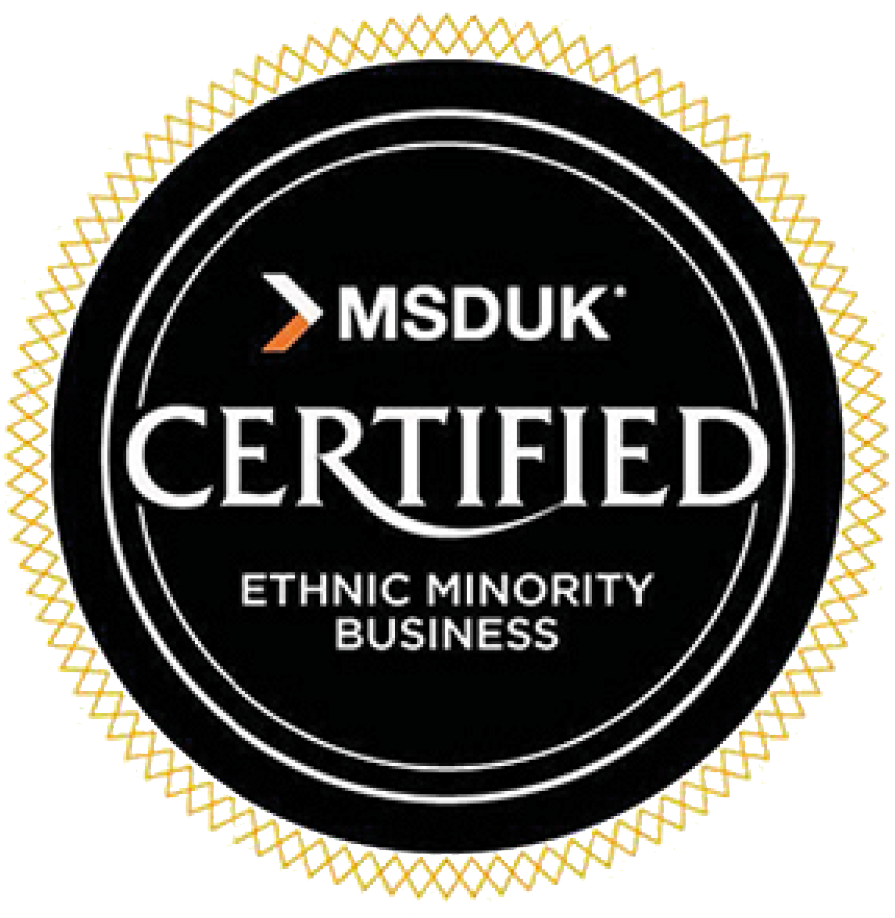The ESG agenda has quickly gained momentum within business and is reshaping organizational strategy, stakeholder engagement and resource allocation. Although diversity and inclusion sits within the S of ESG, environmental sustainability often dominates internal ESG-related conversations and initiatives. This means DEI teams continue to operate outside and independent of those progressing environment-orientated ESG ambitions.
However, there is a lot for DEI professionals to gain through understanding the qualities that have made ESG such a driving force within business. Whether to learn directly from, or to ensure inclusion initiatives aren’t upturned by a new ESG methodology which doesn’t fully understand the opportunities and nuances within the full spectrum of DEI.
Understanding the drivers for action
There is a reoccurring debate within DEI centered on whether the commercial argument for diversity and inclusion is the right argument to use, with many compelling reasons why focusing on financials could be ultimately damaging to intended outcomes. ESG, on the other hand, originated as an investor lead initiative and although no one debates that ‘it is the right thing to do’, its main driving force remains the mobilization of investment capital and the management of risk. Put simply, investors increasingly believe that companies with poor ESG performance (especially on the environment) will be poor long-term investments and find it increasingly difficult to secure capital. Such a simple fact has put ESG straight to the top of many boardroom agendas where it is likely to remain.
DEI professionals could therefore benefit from a wider appreciation of the investment landscape, and more specifically the crucial role that risk management now plays in leadership decision making – especially as the business landscape becomes faster-moving, less predictable and subject to sudden changes. A further supporting case for investment into DEI can be gained through a risk management lens. Firstly, non-inclusive cultures do present a significant risk to businesses when it comes to poor decision making, legal risk of litigation, loss of talent, and reputational damage – as shown by many recent examples. Secondly, these risks remain largely unquantified and therefore in need of assessment and on-going measurement for leadership review and mitigation actions. Thirdly, having a strong culture with diverse voices mitigates other broader risks to the business when it comes to adapting to market changes and capitalising on opportunity.
Within this focus, DEI can become more closely aligned with the drivers for sustainability and governance at board-level and, through becoming best-in-class, can stand out amongst competitors as an attractive investment for long term growth.
Working and reporting to a framework
As an investor-led initiative that aligns with national and international goals on climate action, ESG requires a standardized approach for assessing sustainability activity and disclosures. This has made standardization and accurate comparison between organizations a key goal, and while there are multiple ESG frameworks that exist such as the TCFD and GRI standards, they are all moving towards an alignment. Using these standards allows organizations to understand their performance across a comprehensive set of metrics and be held to account where they trail from best market performers. As they take the form of disclosures for the investment market (some of which are, or will become, regulatory), they are also internally audited ensuring the accuracy of data used and information provided.
DEI has no such standardization, and while there are common approaches to measuring and reporting internal diversity and pay gaps driven by regulation, there is no universal framework for understanding the inclusivity of company culture or the external social impact a company is making. However, despite a lack of standardization, such frameworks do exist and can provide an organization with a clear structure, regular reporting cycle and set of targets to connect all stakeholders with the mission of inclusion and the changes required to hit objectives. Involve’s own DEI diagnostic tools can provide such a framework for action based on quantitative and qualitative data which can be regularly collected and reported.
A clear and bold mission
At the heart of most organizations ESG approach is a published mission – Net Zero. It is short, clear, and measurable. For most organizations it is also ambitious and many still have no idea how they will achieve it, yet it acts as a north star for the radical shift required from business as usual. Many businesses are already reporting progress against a Net Zero mission, holding themselves accountable and making the necessary adjustments and investments needed to keep on track.
DEI often has no such clearly stated objective. A justifiable argument for its absence is that DEI covers too many disparate areas to boil down to something as simple as a Net Zero. However, it needs to be appreciated that even within the E of ESG, carbon emissions are just one small part of a wider set of actions which covers biodiversity, water and air pollution, waste management, recycling, energy management and many other areas. Rather than being a distraction from these, the simple Net Zero mission has a halo effect which shines light onto all the other areas where a negative environmental impact is being made.
Setting and publishing bold ambitions – even if they are currently far out of reach – drives both commitment, action and accountability Although those within DEI may find it challenging to select and simplify to just a few bold objectives, by doing so they may be increasing the chances of enabling a more fundamental shift in progress and achieving their much wider ambitions for cultural change. Not only this, but as ESG and DEI become closer entwined, clearly stated DEI objectives will decrease the chance of social ambitions being largely sidelined by better defined and aspirational environmental objectives.
Transition Plans
Off the back of having a clear and ambitious mission, sustainability has recognized the vital role of formal transition plans to reach objectives. Within both ESG and DEI, “perfect” is often the enemy of good with all actions stalling due to gaps in knowledge and fears of criticism or failure. As all organizations are learning as they go, transition plans help overcome inertia by strategically planning out smaller steps towards much larger goals. This provides a clear roadmap with which to track progress and monitor the likely resources and investment needed to reach goals. It also allows for all-important stakeholder engagement and communication to start early; avoiding the potential of disruption or opposition to plans further down the line. The level of transparency that published transition plans provide also means that employees can not only see overall targets) but also the concrete actions which the organisation will take to reach them – building trust that promises will be delivered.
Embracing technology and innovation
ESG is a comparatively new discipline and only in the last few years have most companies got serious about acknowledging and addressing the climate crisis. There are still huge gaps in understanding how companies will reach net zero and although everyone knows that technology will play a part – it is unclear what that technology will be, when and how it will make an impact.
The search for answers to these huge challenges has created a discipline primed to embrace innovation and new technology to reach objectives. To meet this need, there is a boom in technology startups bringing a whole host of solutions to market including many to support ESG stakeholders from Board level downwards.
In contrast, DEI can often be hesitant on implementing new technology – and for justifiable reasons. Much of the work involves handling sensitive employee data so introducing new platforms can easily become stalled, if not derailed, by legal and data security concerns. AI also has a poor reputation when it comes to supporting DEI aims due to high profile stories of biases within AI datasets. There is also the question of limited DEI budgets and the risks of investing in untested tech which doesn’t deliver.
However if progress is to be accelerated, these concerns do need to be balanced against the opportunities technology can provide – especially when it comes to analysing data, scaling up interventions, and increasing engagement with DEI-centric resources. As diversity continues to be a ‘hot topic’, practitioners need to be in the habit of tracking the market for developments which can help supercharge planned activity or open new avenues for progress.
ESG and DEI are both forces for good, but their internal crossover has the potential to create conflict as well as cooperation. Beyond the suggestions above, practitioners across both disciplines will need to work together with an open mind and growing skillset if we hope to tackle the biggest challenges facing modern business.
For advice on aligning DEI with wider ESG ambitions please get in contact with a member of our team at info@involvepeople.org




